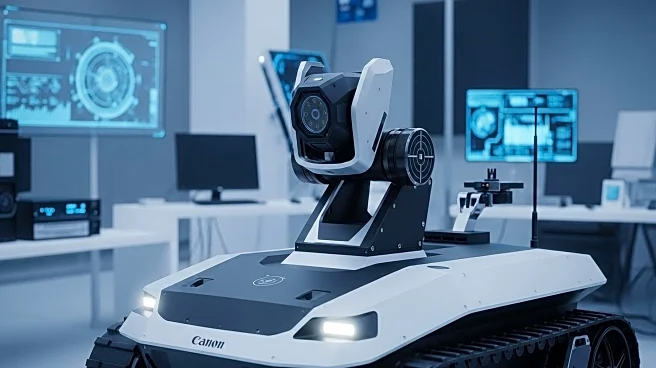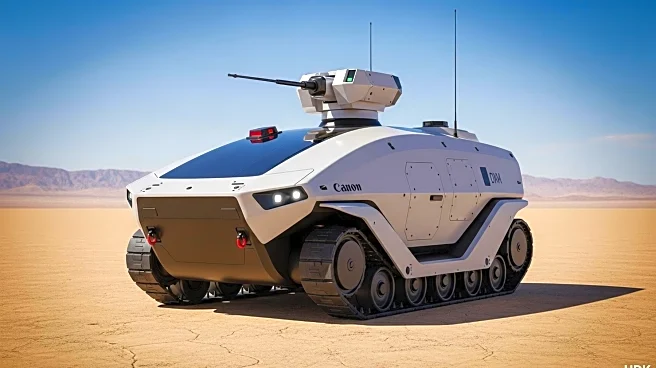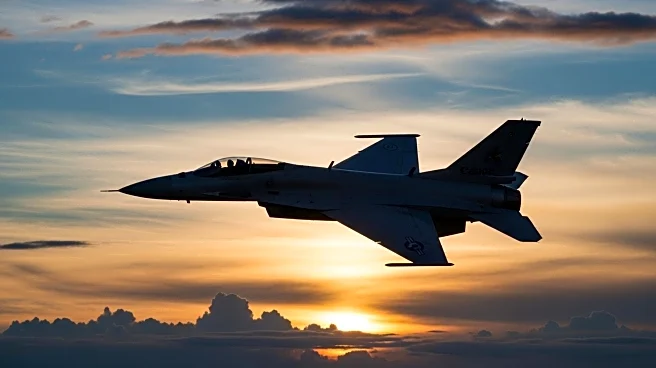What's Happening?
AeroVironment, Inc. has announced enhancements to its Puma LE small unmanned aircraft system (SUAS), integrating a Laser Target Designator payload and a Universal Gimbal Kit. These upgrades transform the Puma LE into a precision targeting platform, allowing rapid, field-swappable payload configurations. The Laser Target Designator Kit enables long-range identification and prosecution of targets, while the Universal Gimbal Kit enhances operational flexibility by allowing operators to integrate various gimballed payloads. The Puma LE, a rugged Group 2 aircraft, is designed for operations in harsh environments, providing over 3.5 hours of flight endurance. This development aims to support multi-mission operations, offering portability, modular adaptability, and precision targeting capabilities.
Why It's Important?
The enhancements to the Puma LE are significant for military operations, particularly for dismounted troops and special operations forces. By integrating precision targeting capabilities into a lightweight, man-portable system, AeroVironment is providing a tactical advantage that was previously reserved for larger platforms. This development accelerates find-fix-finish timelines and enhances mission autonomy, allowing small units to independently identify and designate targets. The ability to rapidly reconfigure payloads in the field ensures that the Puma LE remains mission-relevant, adapting to dynamic battlefield conditions. This advancement in unmanned aircraft technology could influence future military strategies and operational effectiveness.
What's Next?
AeroVironment's enhancements to the Puma LE may lead to increased adoption of the system by military forces worldwide. The company is likely to continue developing and deploying autonomous systems and technologies to meet evolving mission needs. As the battlefield becomes more dynamic, the demand for versatile and adaptable unmanned systems is expected to grow. AeroVironment's focus on integrating advanced capabilities into compact platforms may drive further innovation in the defense technology sector, potentially leading to new contracts and partnerships.
Beyond the Headlines
The integration of advanced targeting systems into smaller unmanned platforms raises ethical and legal considerations regarding the use of autonomous systems in warfare. As these technologies become more prevalent, discussions around the rules of engagement and the role of human oversight in military operations may intensify. Additionally, the development of such systems could influence global defense policies and the balance of military power, prompting international dialogue on the regulation and deployment of autonomous weapons.











